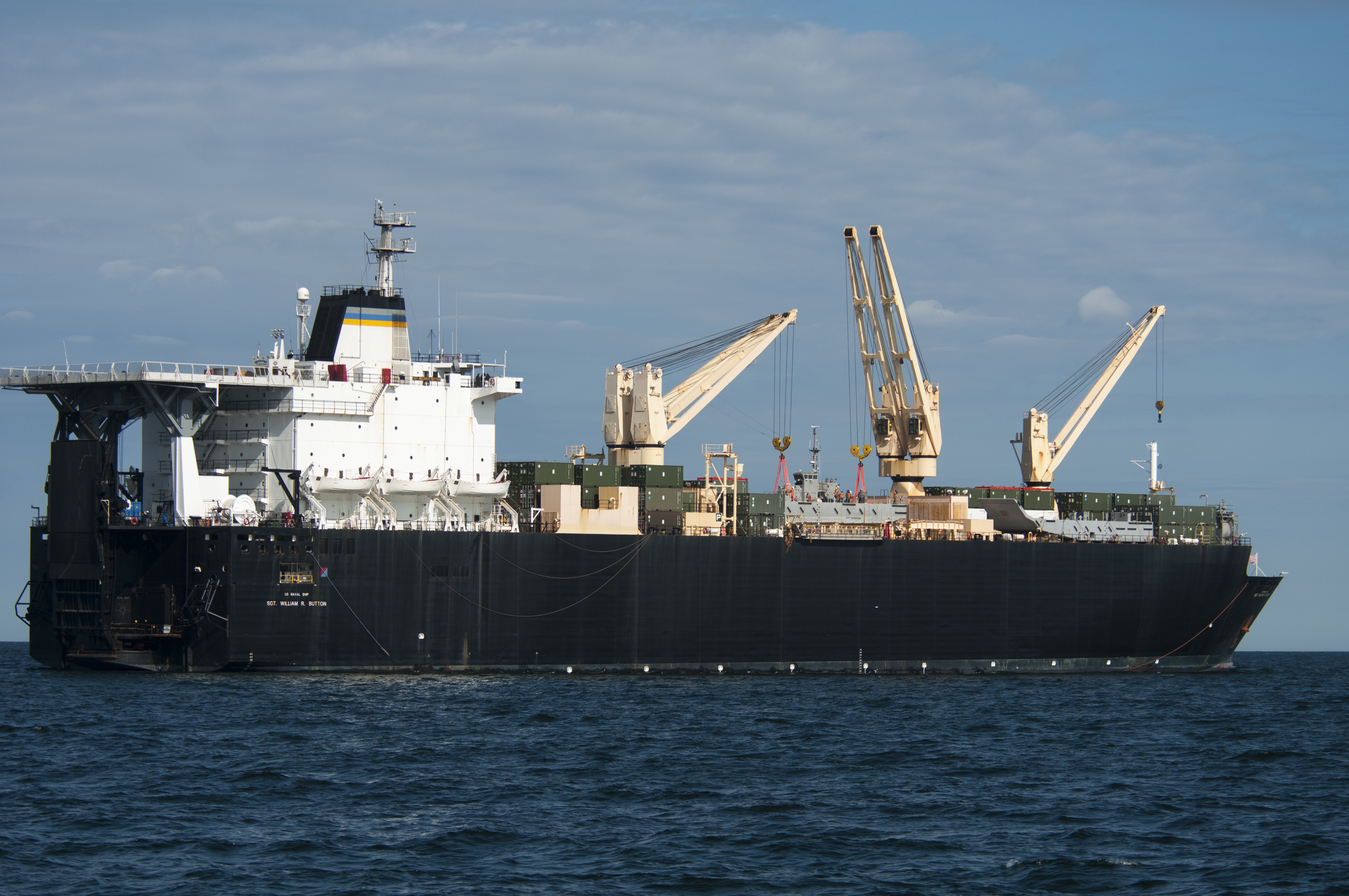
WASHINGTON, D.C. — A National Maritime Strategy, expected to address the various deficiencies facing the nation’s sealift capacity, is finished and awaiting final approval, a top sealift official said last week.
Once implemented, the National Maritime Strategy will pull together the efforts of several agencies responsible for ensuring the military can move large amounts of equipment to a conflict area and resupply deployed forces.
Currently, the system falls short of what would be expected, said retired Rear Adm. Mark Buzby, the administrator of the U.S. Department of Transportation Maritime Administration (MARAD), during a recent appearance at the Center for Strategic and Budgetary Assessments.
“I have real concerns of the ability of our aging ready reserve force and the relatively small remaining commercial U.S. merchant marine — that mariner pool — to meet this country’s needs in a protracted all hands-on deck sealift effort,” Buzby said.
Buzby’s comments coincided with the public launch of a CSBA report taking an in-depth look at the health of the nation’s entire maritime industry.
If the military embarked upon a large-scale troop build-up overseas, the U.S. strategic sealift capability to would likely not meet the Pentagon’s demand for moving munitions, vehicles or fuel, according to the report’s authors Bryan Clark, a senior fellow at CSBA and Timothy Watson, a research fellow at CSBA. A third author of the report, Adam Lemon, is now a staffer for Sen. Tom Cotton (R-Ark.).
Ideally, adopting a National Maritime Strategy would combine the contributions of sea services, the shipping companies, shipyards and broader maritime industry to support U.S. national interests collectively, Watson said.
Today there are less than 200 large U.S.-flagged commercial ships operating today, which is less than half the number of vessels operating 30 years ago when the Cold War ended, Clark said. The report provides recommendations that are both achievable and affordable to start reversing this trend.
The report’s authors suggest private shippers and shipyards would benefit from increasing the stipend paid to U.S.-flagged ships participating in the Maritime Security Program and increasing the amount of cargo sent on these ships. A quick way to increase U.S. cargo would be increasing the amount of defense-related fuel sent on U.S. flagged-ships from U.S. refineries.
Recapitalizing the sealift capability has been a focus of Congress, Buzby said and he expects the CSBA report suggestions will be well-read on Capitol Hill. The challenge is the shipbuilding industry continues shrinking. Not only are some shipyards changing their focus from shipbuilding to maintenance or other shipping activities, but Buzby said several yards don’t exist – they’ve been turned into waterfront parks and condos.
Creating the strategy alone will not fill the gap in the nation’s sealift capability, but creating the strategy will instead marshal resources and mark a significant step forward, Buzby said. A National Maritime Strategy would help lawmakers, the military and the Department of Transportation guide commercial sealift investments in a way that has not happened.
“Constructing a National Maritime Strategy is going to be a matter of mustering national will,” Buzby said.





